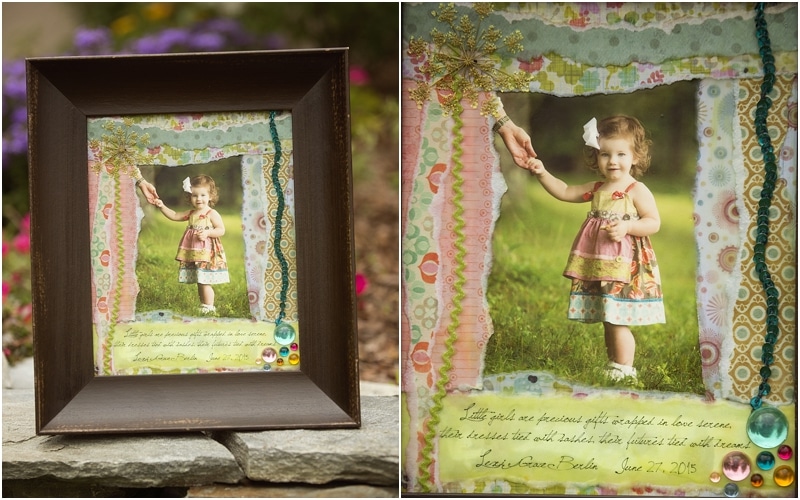Encaustic is a Greek word meaning “to heat or burn in” (enkaustikos). Heat is used throughout the process, from melting the beeswax and varnish to fusing the layers of wax. Encaustic consists of natural bees wax and dammar resin (crystallized tree sap). The medium is melted and applied with a brush. Each layer is then reheated to fuse it to the previous layer.
Encaustic painting is an ancient technique, dating back to the Greeks, who used wax to caulk ship hulls. Pigmenting the wax gave rise to the decorating of warships. There has been a revival of the use of encaustic in the 20th and 21st centuries.
My encasutic portrait collages are made from a portrait printed on 100% cotton rag art paper, acid free archival printed papers, preserved elements from nature, found and decorative items, etc, fused together with encaustic medium. I was introduced to this technique by extraordinary Fine Art Photographer, Jennifer Thoreson.
Encaustic portraits are extremely archival, but as with any fine art, care should be given to them. There should be no fear of the work melting in normal household conditions. The wax and resin will not melt unless exposed to temperatures over 150 degrees Fahrenheit. Leaving an encaustic collage in a car on a hot day would not be advisable or hanging a painting in front of a window with direct desert-like sun. They are also sensitive to freezing cold temperatures.
Some encaustics tend to “bloom” or become cloudy over time. If your collage appears indistinct, simply rub the surface with a soft cloth or nylon stocking. Over time the surface retains its gloss as the wax medium continues to cure and harden for up to 1-3 years.


